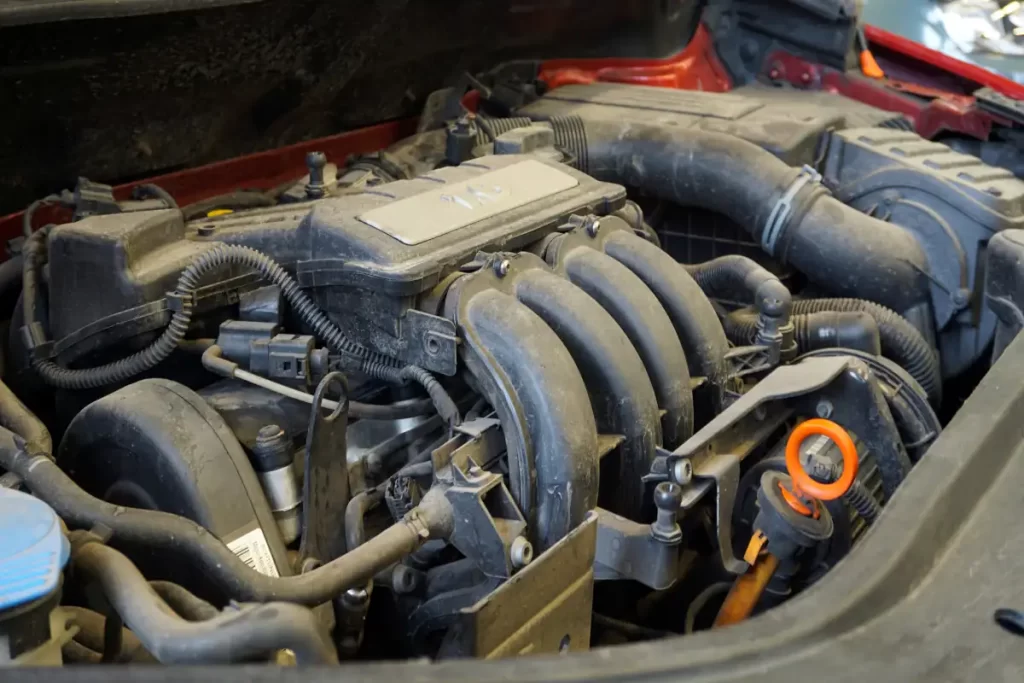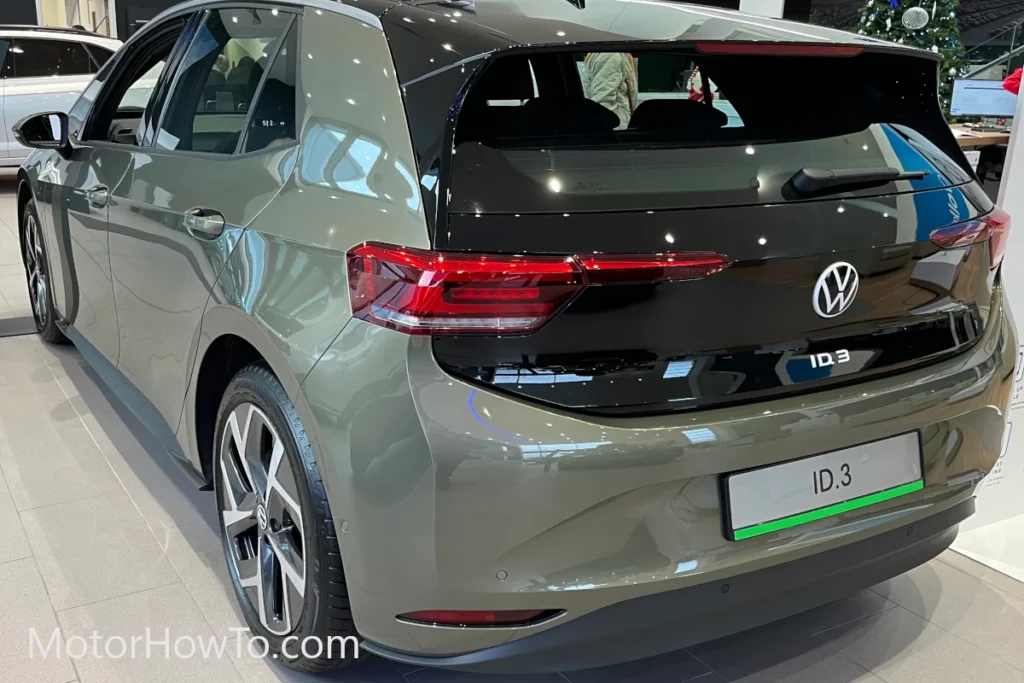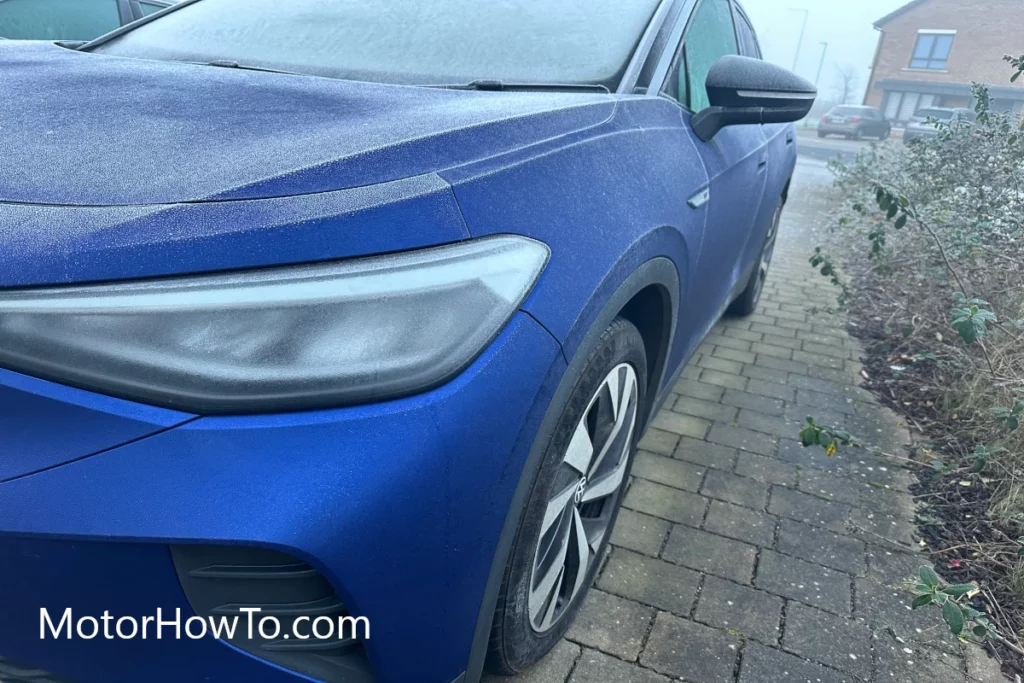Diesel cars usually have an exhaust manifold, part of the car exhaust system, attached to the engine which can get quite hot (up to 900 degrees Fahrenheit) during normal use.
For that reason, they are shielded to prevent the heat from spreading to other components.
But is a car exhaust manifold heat shield necessary or can you do without it?
Let’s Find Out If An Exhaust Manifold Heat Shield Is Necessary
While a vehicle will run without a manifold heat shield, it is not a good idea for you to operate your vehicle without one. Not only does the heat shield provide comfort for those in the cabin, but it also helps protect your wires and other vehicle components from heat damage.
- Let's Find Out If An Exhaust Manifold Heat Shield Is Necessary
- What Are The Benefits Of An Exhaust Manifold Heat Shield?
- What Will Happen If The Exhaust Manifold Heat Sheild Is Damaged, Ripped, Or Cracked?
- Can You Drive Without An Exhaust Manifold Heat Shield?
- What Are The Signs Of The Exhaust Manifold Heat Shield Needs Replacement?
- Final Thoughts

In many cases, the exhaust heat shield is used to prevent fires from arising from the exhaust or to reduce discomfort in the cabin from extreme heat.
There is no need to remove it.
It is important that you don’t drive your car without an exhaust heat shield and consider it a necessity, despite the fact that your car will still run without a heat shield.
Related:
- Are ATP Exhaust Manifolds Good? (Explained For Beginners)
- 5 Reasons Why My Car Exhaust Manifold Is Smoking? (Solved)
- Are Car Exhaust Manifold Gaskets Reusable? (Explained For Beginners)
What Are The Benefits Of An Exhaust Manifold Heat Shield?
The temperature inside an internal combustion engine can reach extremely high levels. In addition, the exhaust systems of automobiles commonly reach temperatures over 900 degrees Fahrenheit. A metal like aluminum, cadmium, or lead could melt at that temperature.
Even though the cooling system of your car controls temperatures in the engine bay, much of the heat generated by the engine escapes through the exhaust system.
If you did not have heat shields in place, your car’s floorboards and anything near the bottom would absorb a great deal of heat from the hot exhaust gasses.
As a result, your shoes may melt and your feet may burn, and your lawn and nearby plants may catch fire.
Overheating can also be prevented with heat shields.
Your engine or exhaust system’s heat can damage sensitive components, such as wires or gas lines if it reaches them.
It is not only dangerous but also costly to repair an overheating vehicle.
What Will Happen If The Exhaust Manifold Heat Sheild Is Damaged, Ripped, Or Cracked?
Thanks to technological advances and other upgrades in the powertrain, modern cars typically have high-performance engines and generate a lot of heat in the process.
Catalytic converters convert this heat into the exhaust, which is then passed into the muffler, where it is concentrated before being released.
In the absence of exhaust heat shields, all this heat can enter the cabin, making it extremely hot and uncomfortable.
As a result, there will be a problem with the air conditioning, and passengers in the rear could have a hard time sitting in the back seat.
Due to the use of plastic parts and high-strength aluminum, modern cars are light and perform well. The exhaust and muffler generate so much heat that plastic parts can melt.
The body panel or parts are not the only things damaged by this, any surrounding wiring, sensors, or lights can also be damaged.
In the event that this is not handled promptly, it may pose a danger of causing a fire to spread throughout the vehicle.
A car exhaust heat shield is primarily intended to serve this purpose.
Heat is prevented from dissipating and reaching other parts of the car with the help of this shield. To prevent any type of possible fire hazard, including tall grass, plastic, a piece of fabric, or anything else that could ignite at such high temperatures, it is necessary to cover any inflammable materials.
If there is no exhaust heat shield on the car, the high temperature could ignite and catch fire if the car is idling at a point with fuel or oil leaks on the road.
A car’s paint near the exhaust can be damaged by exposure to high temperatures. Depending on the extent of the peeling, the paint begins to fade on the posterior side altogether or starts to peel off in different patches.
Can You Drive Without An Exhaust Manifold Heat Shield?
The heat shield may not be needed if your car is older because some older vehicles were designed differently. But it’s still a good idea to leave it in place to help protect your car.
The engine of your car could be damaged if it overheats without a heat shield.
Watch the temperature gauge and stop if the engine overheats if you must drive without the heat shield.
The heat shield does not necessarily need to be installed on your vehicle in order to drive it.
Although it may seem like a good idea, it isn’t. By protecting engine components from excessive heat, the heat shield prevents damage.
The engine could suffer problems or even break down without this protection. If you plan to do without a heat shield for an extended period of time, you should probably not do so.
What Are The Signs Of The Exhaust Manifold Heat Shield Needs Replacement?
There are several signs that your exhaust manifold heat shield may be damaged or broken and should be repaired. Knowing these signs will allow you to have these repairs done quickly so less damage occurs.
1. Burning Smells
Lifting the hood of your car after a drive around the block may give off an unpleasant smell of burning plastic or rubber. Although the manifold gaskets aren’t made from these materials, when overheated and burned their coatings smell like rubber or plastic. The gaskets are damaged and exhaust leaks are compounded when damaged manifolds fail to transfer heat properly.
Read this great article to find out the 5 Reasons Why My Car Exhaust Manifold Is Smoking?
2. Loud Exhaust Noise
The escaping air sound and pressure from an exhaust system hole or lost gasket will naturally make the car louder. When the manifold heat shield is damaged, however, it causes either tapping or hissing sounds around the back of the engine.
Depending on the severity of the failure, you may also hear a loud grinding noise or the sound of rocks tumbling. Until you can make it to the auto repair shop, avoid driving your vehicle until it regains proper compression so you don’t damage other parts of the fuel and exhaust systems with heat build-up.
3. Visible Damage
After experiencing any of the following symptoms, inspect the manifold heat shield from all sides for visible cracks.
If there is no visible damage, don’t rule out a manifold problem because the crack is hairline thin or occurs where the part is pressed against the engine.
Final Thoughts
While your car may be able to operate without a heat shield it’s best to leave it in place. There is no reason to remove the heat shield and it serves multiple purposes.
Not only does it protect the driver and the passengers in the car from excessive heat it also protects various components in the vehicle. If you have problems with your heat shield you can have it repaired or replaced.



